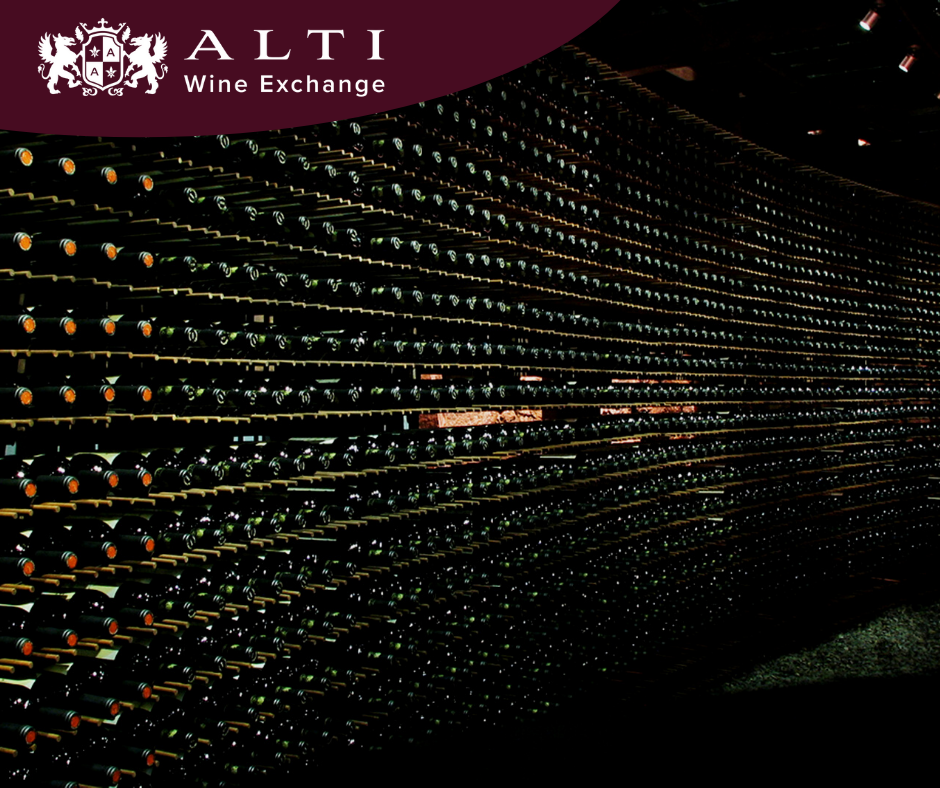Wines that Make You Look Up
Can you imagine having a device that magnifies your view and never thinking to look up, never pointing it toward the sky? Until August 25, 1609, nobody had.
Enter Galileo Galilee, the man who changed the way we see and interpret all that is above us.
Ever since the Cognitive Revolution, humankind has scrutinized the celestial bodies overhead. What was/is their impact on our lives? The moon was always of particular interest, this waning and waxing light at night. But for most of our history, the moon was simply a spiritual or religious entity, one of great speculation.
Until the telescope.
Suddenly, Galileo was sketching craters and mountains, dispelling previous notions of a simple smooth surface shining bright. The moon became something we could study and map.
Jump to the 1920s, some 300 years later, when Austrian philosopher Rudolf Steiner began lecturing farmers on an ecological and sustainable approach to agriculture that incorporated the moon and other celestial bodies. This holistic methodology is now known and practiced around the world as biodynamic farming.
Would Galileo ever believe that we farmed a certain way per his help in understanding the heavens? Could he ever conceive that a man would walk on the surface he discovered was not smooth just 360 years after that first sketch?!
Biodynamic farming is also widely practiced in viticulture around the world, having gained traction in the 1980s under pioneer Nicolas Joly in the Loire Valley.
Winegrowers that appreciate the highest quality of raw material often follow Steiner’s guidance, avoiding intervention whenever possible. The thinking is that if wine can indeed make itself, let it be.
However, unlike Galileo proving that the sun had spots and we revolve around it, not the other way around, biodynamic farming is still hypothetical. Some scientists downright deny that the moon affects anything other than tides and illuminance. Others brush it off as a marketing scheme.
But then many also doubted Galileo…
Steiner believed in creating a self-sufficient ecosystem rich in biodiversity to be farmed according to the lunar calendar. Planting, pruning and harvesting should follow the cycles of the moon so that the vines can get the most from nature’s energy and balance.
It gets more complex with fruit, root, leaf and flower categories that consider when the moon is passing in front of constellations to act as a lens, affecting different parts of the plant. The calendar also guides the winemaking process, such as when to extract and when to rack.
Then there’s the act of packing cow horns with manure and burying them to ferment during winter before digging them up in the spring and diluting the mixture to spray on the vines. Again, it’s complex.
But is the final product any better? Taste is subjective, so there is no definitive answer. However, don’t the highest quality raw materials and practices usually create the best products?
Several of the wines in our portfolio adhere to biodynamic farming. For example Seña, Vinedo Chadwick and Chateau Coutet. Others at least go as far as organic practices.
All biodynamic farming is organic, but not all organic farming is biodynamic. I believe they’re both a step in the right direction. Life is about balance.
And if anything, at least drinking biodynamic wines make us look up.
What do you think? Marketing or meaningful? Grab a glass of Seña to think about it and let me know!
